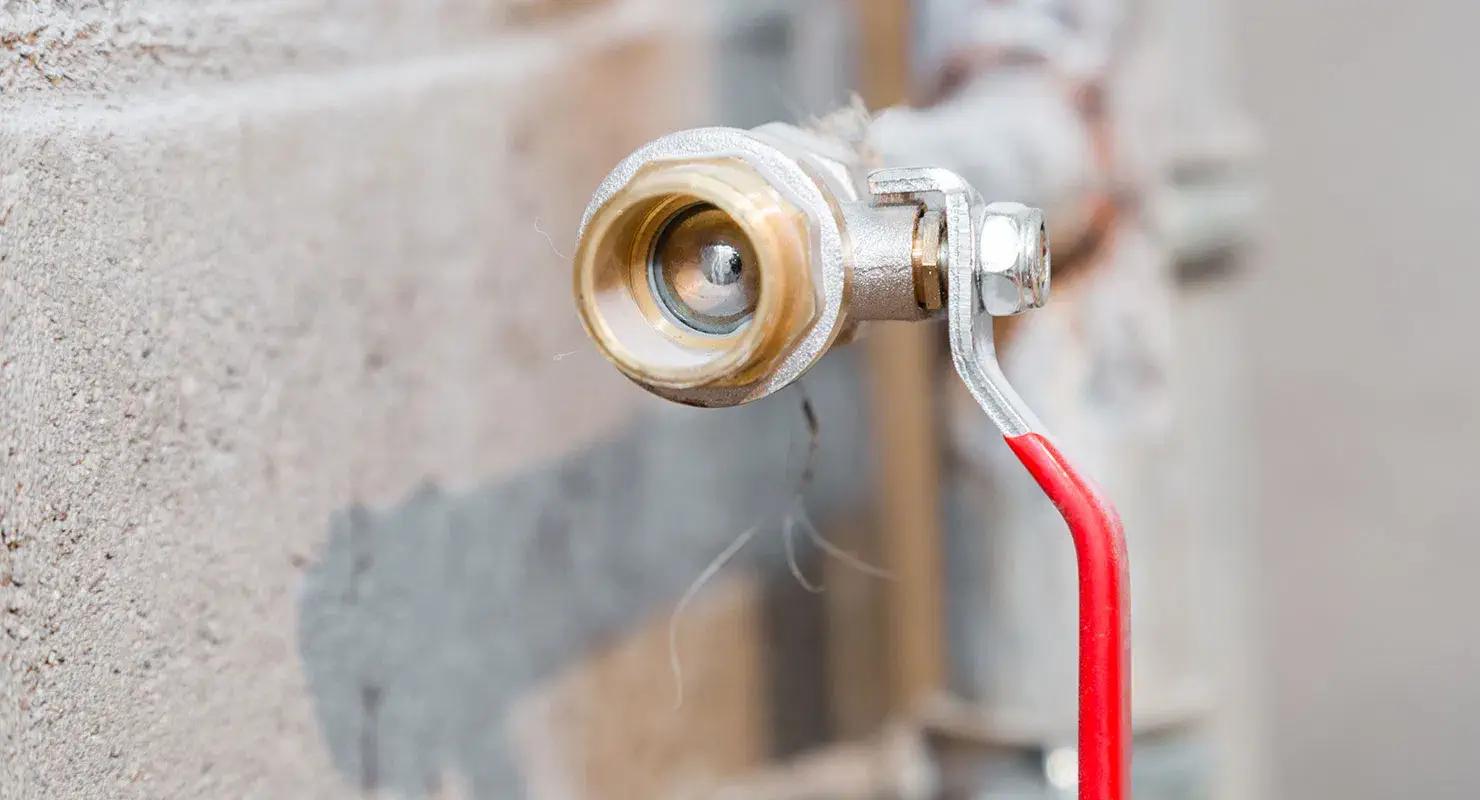
How to Turn Off the Main Water Line in Your Home
The most important thing to know about your plumbing is how to turn off your main water line. While turning off your water line for a plumbing emergency might be a rare event, it can happen. And you won’t want to wait for help to arrive while water is pouring into your house.
In most cases, you’ll want to turn the water off if you’re working on something plumbing related, or if you’re going away for an extended period of time.
Turning off the water before leaving for a while can prevent any unexpected leaks while you’re away—or maybe even the somewhat expected ones, like if you’re already having issues with your copper pipes.
You can turn off your main water line in two locations: the water meter and where the main line enters your house. Let’s take a look at each one:
1. The Water Meter
In most cases, especially emergencies, you want to go straight to the water meter box. This is the best way to ensure the water is turned off to your house.
You also don’t want to wait until an emergency to go through this process. Go through the steps below so you know what to do if one of your pipes is leaking water into your house.
-
Buy a water meter key
This is the tool you will need to turn off your water. They are inexpensive and available at any home retail store. Just ask for a water meter key.
They look like this:
-
Locate the water meter box
Your water meter box is usually around 10 feet from the curb near the edge of your property line. It might be hidden around some bushes, but it shouldn’t be hard to locate.
-
Turn off the water
When you open the box, you will see a couple things. The most prominent item is the water meter in the middle. Between the water meter and the side closest to the street you will find the water valve.
Using the water meter key, turn this valve clockwise a quarter turn so it points away from the water meter and is perpendicular to the pipe. You can also look for two rings on the valve. When the water is turned off, the two rings will line up on top of each other.
2. The Main Line in Your House
You can also turn off your water where your main line enters your house. Depending on your type of house, this could be in several different locations.
Your main water line usually enters your house in your basement wall or basement ceiling. If you have a crawl space, it’s probably in there. If your house is on a slab, the main water line might be near your water heater. If you still have the inspection report from when you purchased your home, it will be listed on there.
Once you locate the main water line, you’ll find one of two valve types: a gate valve or a ball valve. Here’s what you need to know about them:
- Gate Valve
A gate valve has a handle you keep turning until it closes. If you have a gate valve, you don’t want to use this unless you have no other options. Gate valves have more parts that can break, and older ones can break easily. If this breaks, you now have even more problems.
In addition, the shutting-off process, where a gate descends into the pipe, makes it difficult to know when it’s turned off completely. Some water could still be coming through even when you think it’s turned off. - Ball Valve
A ball valve is more reliable and easier to use. You don’t have to guess when the water is turned off. If your main water line is controlled with a ball valve, a simple quarter turn will shut off your water.
If your water line has a gate valve instead, you might want to upgrade to a ball valve at some point. A ball valve will give you more control over the main water line in your house.
Your Plan
With all this in mind, your best bet is to turn off the water at the water meter in most situations. And, if you have a ball valve for the water lines in your house, you can start there for non-emergencies.





